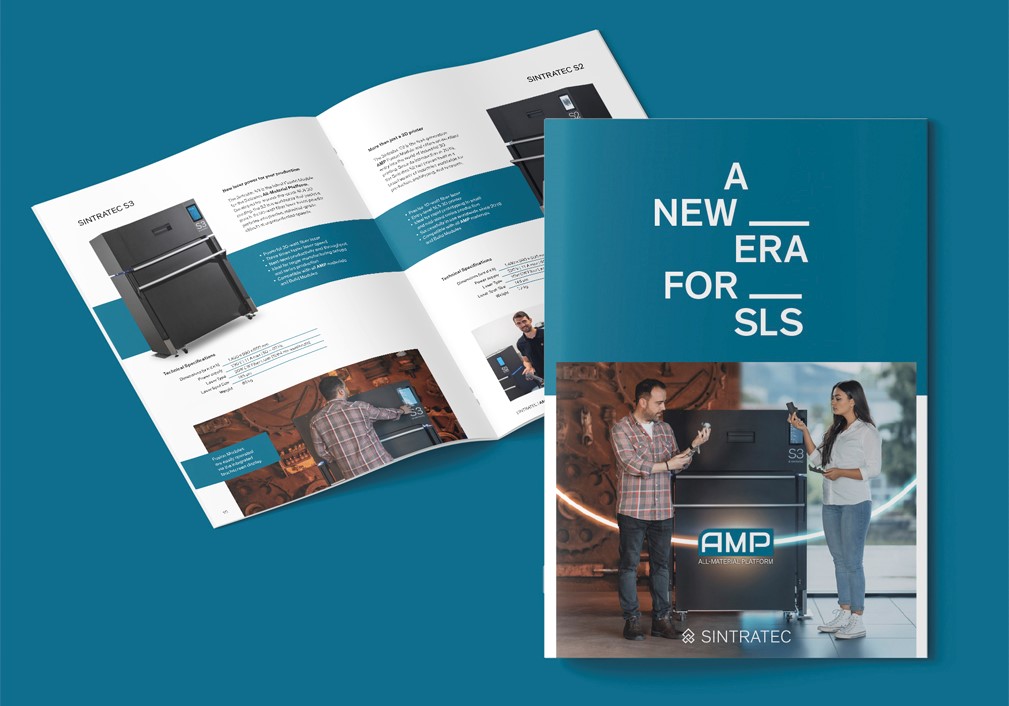The next generation of formula racing
The Formula Student Team FST Lisboa from Portugal makes use of various 3D printing technologies to build next-generation electric and autonomous driving race cars. For their current prototypes, Sintratec has sponsored multiple laser sintered components to the students.
A passion for motorsport
Two innovative race cars
In 2021 the students are developing two race car prototypes. First, the FST10e: a newly designed electrical race car with the goal to surpass the predecessor’s performance and to achieve a top 10 finish. Second, the FST10d: a self-driving vehicle based on the previous generation with the challenge of making it capable of autonomous driving and competing in all the dynamic events. Why the focus on these categories? «We see electrical, autonomous driving as the future of the automotive industry», explains Miguel. Both FST Lisboa racers will compete at the Formula Student Germany and Formula Student Spain events this August.
3D printing for rapid prototyping
High material requirements
Low density, light weight, water tightness, high durability and – for power train parts – specific temperature and insulation ratings: considering the speeds and resulting forces, material requirements for race car components are obviously high. Selective Laser Sintering (SLS) – a process where a laser fuses particles together inside a powder bed – is one of the few 3D printing technologies that can meet these demands. Looking for support in this field, the students reached out to Sintratec. Subsequently, several components of the two FST cars were 3D printed on the Sintratec S2 system with stable PA12 material and sponsored to the team.
Better aerodynamics with SLS
The Sintratec technology is used in both vehicles for electronics containers, camera and display holders, as well as for ducts of the cooling system. Because SLS allows for highly complex geometries and does not require any support structures, the students were particularly free in their design process. For Miguel, apart from the low weight and the robustness, another advantage became evident: «The SLS technology made a difference especially for the cooling components since the parts have an excellent surface finish, improving the overall aerodynamic performance of such areas», he emphasizes. Soon after the sintered nylon parts were built into both vehicles, the cars were ready to be tested.
Starting the engines
At the end of May, the FST team successfully rolled out their prototypes. Miguel has been convinced by the Sintratec technology: «Selective Laser Sintering definitely has a place in the future, and especially in the automotive industry», he says. Since the process produces less scrap material compared to conventional manufacturing methods, it is also a more sustainable option. And what about the partnership with Sintratec? Miguel summarizes: «Despite the distance between our countries – Portugal and Switzerland – the relationship felt professional and close, and that shows in the results.» Results, that will hopefully be reflected by FST Lisboa’s performance in the upcoming student competitions – Sintratec wishes best of luck!
“When building race cars, the requirements for components are low weight and high durability. Selective Laser Sintering (SLS) allows us to achieve both.”
Miguel Lourenço
Technical Director of Electrical Systems
Formula Student Team FST Lisboa













